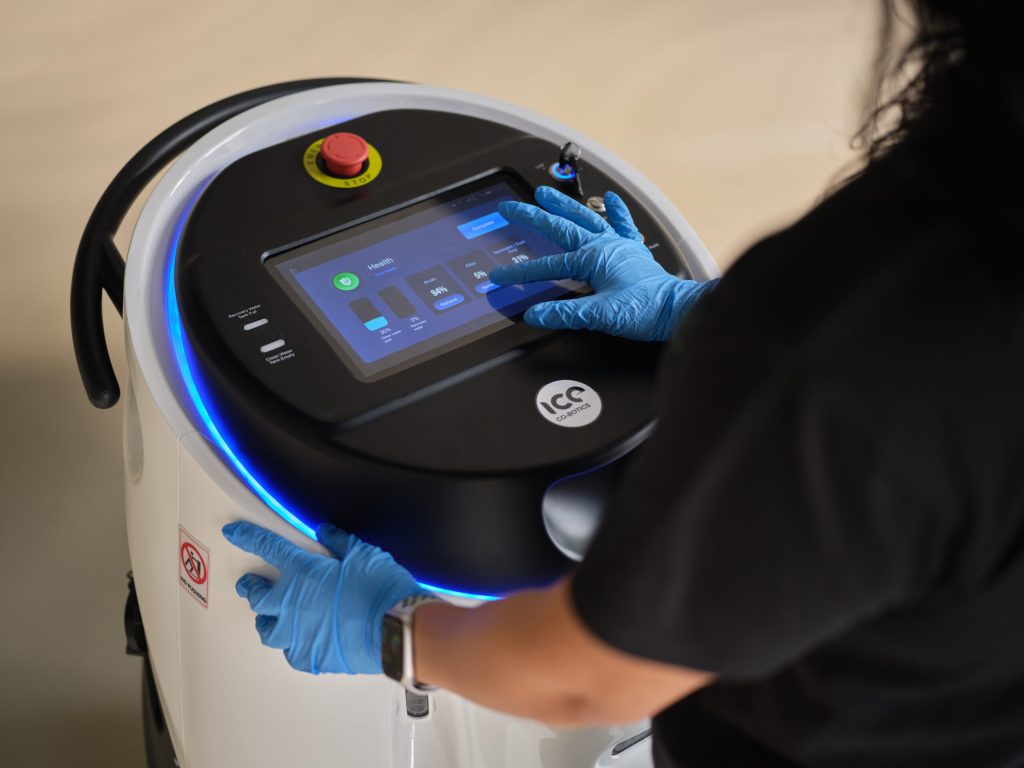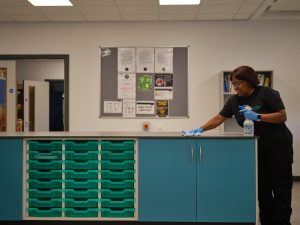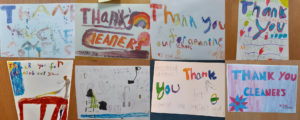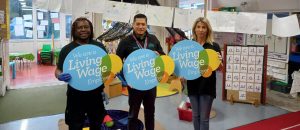Smart cleaning: how data can make the most of your cleaning resources
01 January 2023 Category: Educational Establishments Schools, Academies and Trusts
It’s helpful to think of buildings as organisms. They aren’t living and breathing creatures, but they do develop and change and fulfil different roles in different circumstances. Buildings are organic in the sense that people move through them and use their facilities in organic ways, and what they leave behind determines what needs to be cleaned.
Unfortunately, this often isn’t how cleaning schedules work. Cleaning schedules are typically inflexible. Cleaners are told to check the same areas in the same manner – and often to clean them in precisely the same way each time.
Not only is this a system that results in cleaners wasting time on rooms when they don’t need to, but it also takes cleaners away from more tactical tasks, and it stops you from spending your cleaning budget where it will count most.
A manual approach to prioritisation
The solution to this is a human one – a manager can survey the site before cleaning, pointing out which areas need attention and which areas don’t. Or by training and upskilling cleaners to make smart judgements on the fly.
This reduces spending, by not having the cleaners do extra work, but it’s an imperfect solution. It would be impossible to survey an entire school building every day between the last student leaving and the first cleaner arriving.
ATP testing – using swab data to inform your cleaning cycle
A further issue with this approach is not every stain is visible to the naked eye. A visual survey may indicate the areas that don’t look clean, but a more thorough approach – and one we use at Nviro – is to use ATP testing. By using hygiene swabs, we can quickly check that the surfaces we’ve cleaned are also germ free.
ATP is a molecule utilised by all organisms, so testing for its presence is a way to identify which areas in a building have built up the most bacteria. This serves as an ideal way of finding any areas that may be missed in the regular cleaning cycle, or as a way of re-prioritising the cleaning cycle to shift focus on the areas that need it most.
Measuring footfall in corridors and classrooms
During our work providing cleaning solutions for the police, we learned of their approach to dynamic policing. The police force doesn’t have the resources to send squad cars across every area in each city. What they can do, however, is identify the high-crime areas. If they only have 10 available vehicles to go out for patrolling, what’s going to make the biggest difference?
By extension: we can do the same at Nviro. ATP testing is one way of identifying the high rate ‘bacteria crime’ areas, but a second is to utilise smart building technology to measure how people are using the space.
Students and staff do not have the same routine every day, and the footfall in a school can vary greatly. If you look at heat-maps of the same sportspeople on the same pitch over a number of games, each game will have hugely different highlight areas. In the same way, if you were to look at foot-fall counters of your school, the data would be even more varied.
Smart building technology helps us address this through the use of small sensors which collect data. For instance, sensors can be placed by doors to detect when they open, which gives us an indication of footfall in corridors and classrooms.
The sensors are placed out of reach of students, and you’ll be glad to know, they don’t require you to drill any holes in the wall.
This sensor data can be overlaid on a map of your school, so we can quickly see which areas need most of our attention. If sensors detect that the 6th form common room wasn’t used during revision periods, or that students haven’t used the gym on a day the PE teacher was sick, you can hope that someone remembers to tell the cleaners each time, or a smart building can simply let them know – reliably saving time and money.
Measuring room utilisation in detail across your school
Footfall provides the big picture, but smart buildings can provide even more granular detail – which all helps cleaners make the most of a school budget.
Sensors can be placed under every desk. These register shifts in ambient temperature to detect whether a desk has been occupied at any point during a day. If 10-15% of desks go unused each day, a cleaner can then pass them by and focus their efforts on other priorities.
Your sensors might detect these priorities too. For instance, in the bathrooms, your proximity sensors might detect that a few cubicles were used more than usual, and might need extra cleaning time. Or your air quality sensors might detect that there’s an increased virus risk in the canteen.
With smart cleaning data, your cleaning team can make sure all these needs are met without stretching your resources. For instance, when JPC invested in sensors for their bathrooms, they reduced the amount of time spent cleaning those areas by 33%.
Smart cleaning beyond daily tasks
There are a number of other ways that smart building technology can take the strain off schools. Let’s take water safety as an example.
Legionella bacterium grows in the sticky sludge on the insides of pipes that have had water left to stand in them for too long. The simplest way to tackle this is to have one person visit a school, turn each tap on for 15 minutes, then turn them off.
But human time constraints make it impossible for a person to leave each tap on for precisely 15 minutes, so the taps stay on for longer. It’s also not a continuously needed process – it’s only one required when the plumbing is left alone too long. As a result, manual legionella testing wastes an average of 640 litres of water per tap, along with 9 tonnes of CO2 per large building.
With pipe monitoring technology, which tracks temperature and water movement, this isn’t an issue. Legionella testing can be automated 24/7 – saving time, money and reducing CO2 emissions.
The uses of smart building technology is varied. It can reduce the needless heating of unoccupied rooms to save on emissions. Or increase ventilation when CO2 build-up in a room is too high. They can even alter the lighting patterns of the building users to emulate our natural circadian rhythms. But at their heart, they are there to make buildings work better for the people that use them.
The financial forecast is looking bleak for schools in the UK, and the only ways to reduce spending are to clean less, achieve more with what you have, or invest in modern technologies. Smart cleaning can help you do all three. If you want to learn more about what we can do to save the most in your school, reach out to us today.
As a specialist cleaner in educational settings, Nviro provides clean, hygienic and safe environments in universities, colleges and schools. Read our blog ‘Five things schools need to consider before retendering cleaning services’.


